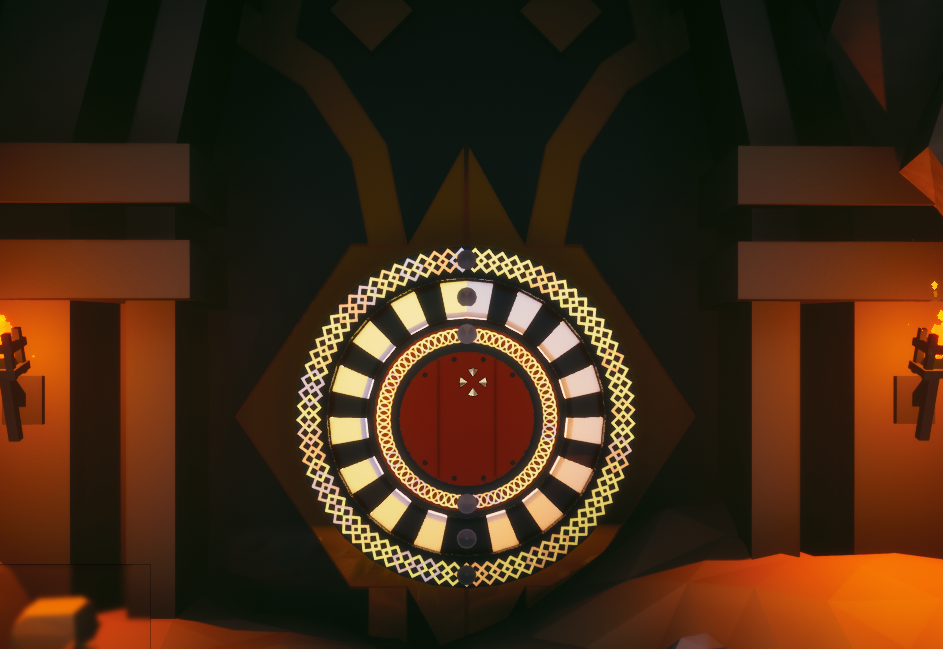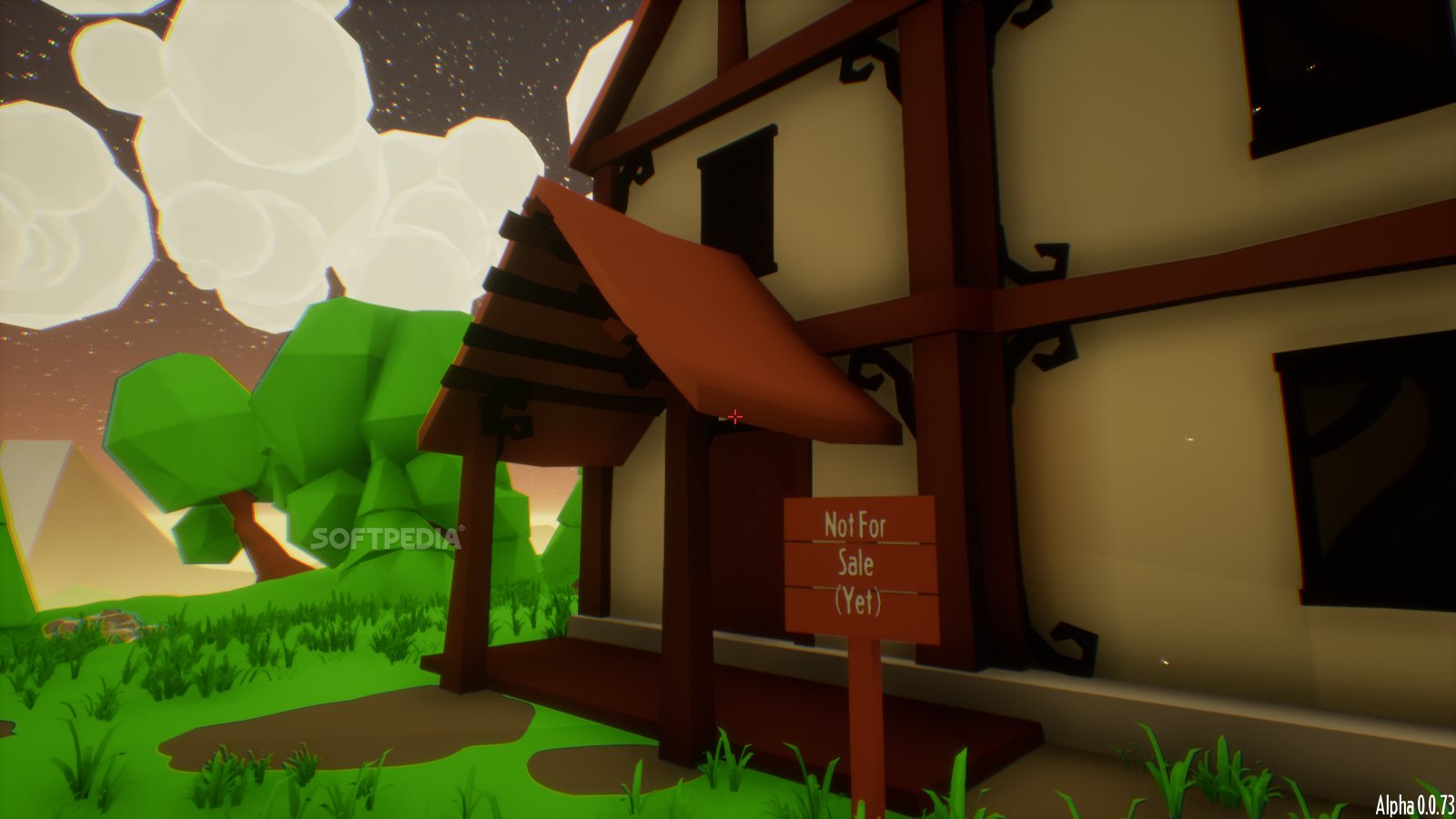
His usually works with iron ore and Gronckle Iron.Īs aforementioned, Gobber creates weapons to sell. When his assistance is needed in the frontlines, Hiccup would take over these orders.Īfter this hectic period, he would spend his time forging more weapons to prepare for the next invasion. Such weapons include axes, maces, hammers, swords, knives and bolas. He, along with Hiccup, would hurriedly sharpen or mend used weapons.

Customers would barely speak a word and simply leave them on the counter. When Berk still fought against dragons, the Shop would be flooded with orders during raids. While the Shop is labelled as a Blacksmith Shop, most of Gobber's job relates to Bladesmithing, a sub-field of Blacksmithing that involves swords, axes and other blades. He also added a rotating mill showcasing all his arm prostheses for him to select. With a pull of a lever, he can quickly put out accidental fires caused by Grump.
#How to play my little blacksmith shop how to#
He often has personal objects, such as Bork's Papers, laying around inconspicuously.īy the events of How to Train Your Dragon 2, Gobber added a water spout on his ceiling above Grump's usual sleeping spot. Gobber, presumably, uses his shop as his personally household too. A curtain is hung in the entryway to separate it from the main part of the building. His working area often has his contraptions and inventions scattered all over and blueprints plastered on the walls. Gobber has a huge main table in the middle of the shop too.Īs Hiccup also apprentices there, he's set up one of the back corners as his own workshop, complete with a desk and shelving. The Shop is often in an utter mess, with the blacksmith's work and tools laying all around the floor or propped against the walls. Tools such as pounding hammers, tongs, buckets, bellows, anvils and a sharpening wheel. The interior of the Shop is littered with weapons like axes, swords, hammers and shields. The area has a kiln which is connected to a stone chimney shaped like a dragon. The Shop has a roof extension leading to a smaller, sheltered section of the Shop which is used for forging. It also has a counter, where Gobber often takes orders and speak to villagers. The Shop has much of an "open" design as it is not completely boarded up by walls and outsiders can view the interior of the building. The building's foundation is made of wood and has a steep sloping tiled roof with dragon heads carved at the tip of its roof rake.


The Blacksmith Shop is a quaint little shack in the village of Berk and leans against a couple of large boulders. The stairs were designed to sag and the modelers "paid careful attention to edges of tables and corners of structures because that tells us so much about how old something is, or what material it is made from," says Modeling Supervisor Matt Paulson. painted the steps to show they are well-worn, as if grime is deeply ingrained from years of muddy boots walking on them. The Forge was designed to look extremely old and worn down after years of tireless forging. According to The Art of How to Train Your Dragon, great detail has been put into designing the Blacksmith Shop as it showcase various important scenes.


 0 kommentar(er)
0 kommentar(er)
